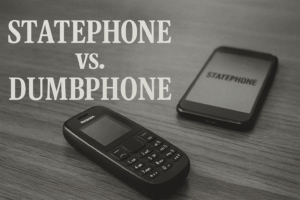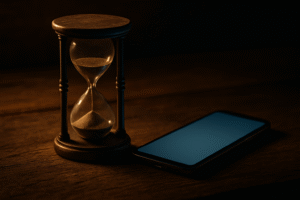
When people hear “global debt,” it sounds like a giant hole swallowing the world. But debt isn’t a void — it’s an IOU. For every borrower, there’s a lender. So first question: who owns all this debt?
Who Actually Holds It?
- Governments owe most of it to their own people. Pensions, banks, insurers, and the central banks themselves hold the majority of public bonds.
- Foreign governments and investors hold chunks. China, Japan, and sovereign wealth funds sit on U.S. Treasuries. Emerging markets often owe to overseas banks and funds.
- Households and companies owe debt to banks — who package and resell it as assets. If you’ve got a pension, insurance policy, or even a savings account, odds are you own some of this debt indirectly.
In other words, when politicians shout about “the debt,” much of it is money we owe… ourselves.
How Did We End Up Here?
Because debt is useful. Bonds let governments fund wars, roads, railways, schools, and bailouts without instantly hiking taxes. Businesses use debt to expand. Families use it to buy homes.
It’s smoother than demanding “pay up now.” Instead, you spread costs over time. That’s why bonds became the norm in the West from the 1600s onwards. Before bonds, rulers had three messy options:
- Tax harder until revolts started.
- Force loans out of nobles and merchants.
- Plunder colonies or rivals.
Bonds were the elegant solution: voluntary, tradable, and less bloody. They gave Britain and the Dutch Republic the financial firepower to build empires while others stalled.
Why We Can’t Step Off
So if bonds solved old problems, why does it now feel like a trap? Because once you build an economy around them, you can’t easily stop. Debt underpins:
- Your pension fund (needs government bonds for steady income).
- Your bank’s safety net (government bonds are counted as “risk-free” reserves).
- Your mortgage rate (set relative to government bond yields).
Pull that out, and the whole structure shakes. Governments know this. Voters rely on it. Investors demand it. Which is why no leader dares experiment with ending the system.
The Hamster Wheel of Debt
So here we are: running endlessly on the hamster wheel.
- When times are good, governments borrow “just a bit more.”
- When times are bad, they borrow a lot more.
- Paying it down is politically toxic, so the wheel spins on.
It isn’t that no one sees the risks — it’s that stepping off the wheel risks collapse. The best we get is slowing the spin: growth faster than interest, credible fiscal rules, and careful restructuring when debts turn rotten.
The Irony
The “idiots in charge” might look reckless, but they’re trapped too. If they slam the brakes, the wheel breaks. If they sprint harder, it overheats. So they jog on, hoping the system holds.
And maybe that’s the lesson: debt isn’t a bug of the modern economy — it’s the design. The hamster wheel doesn’t stop. The only choice is whether it spins smoothly or throws us off.
“Hope isn’t what they promise you. It’s how you carry on when they don’t deliver.” — Dave Carrera



